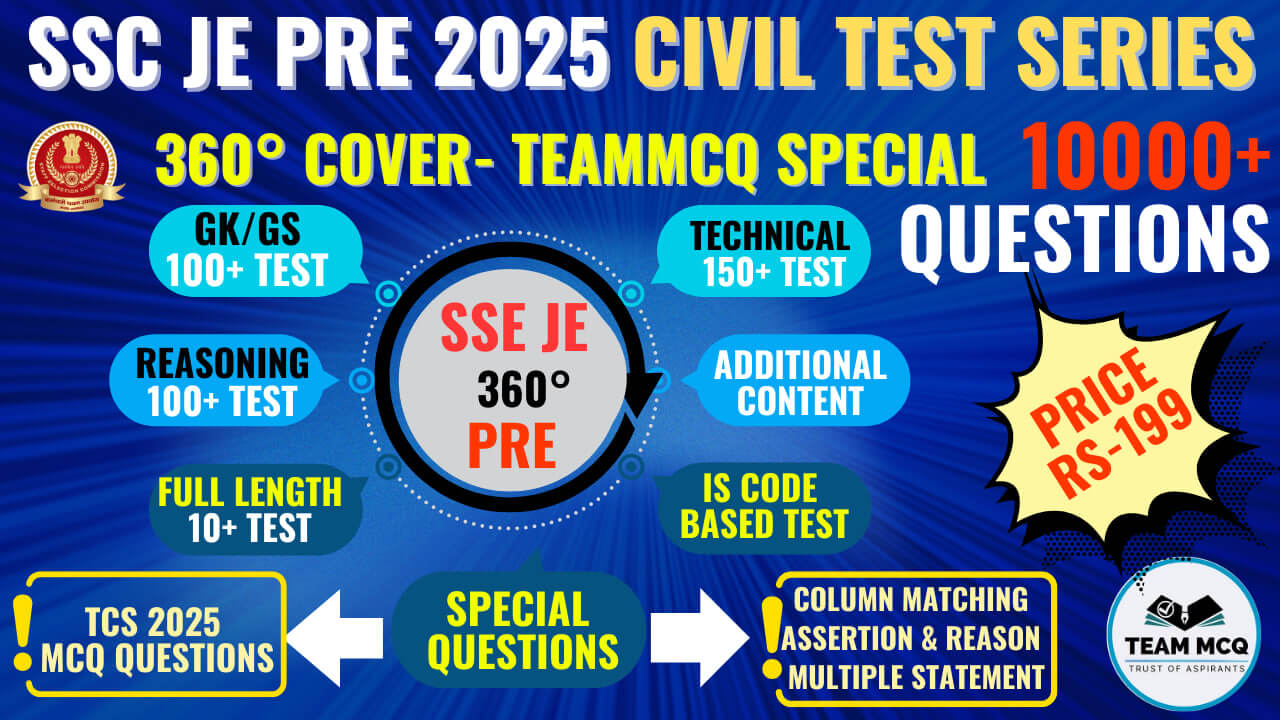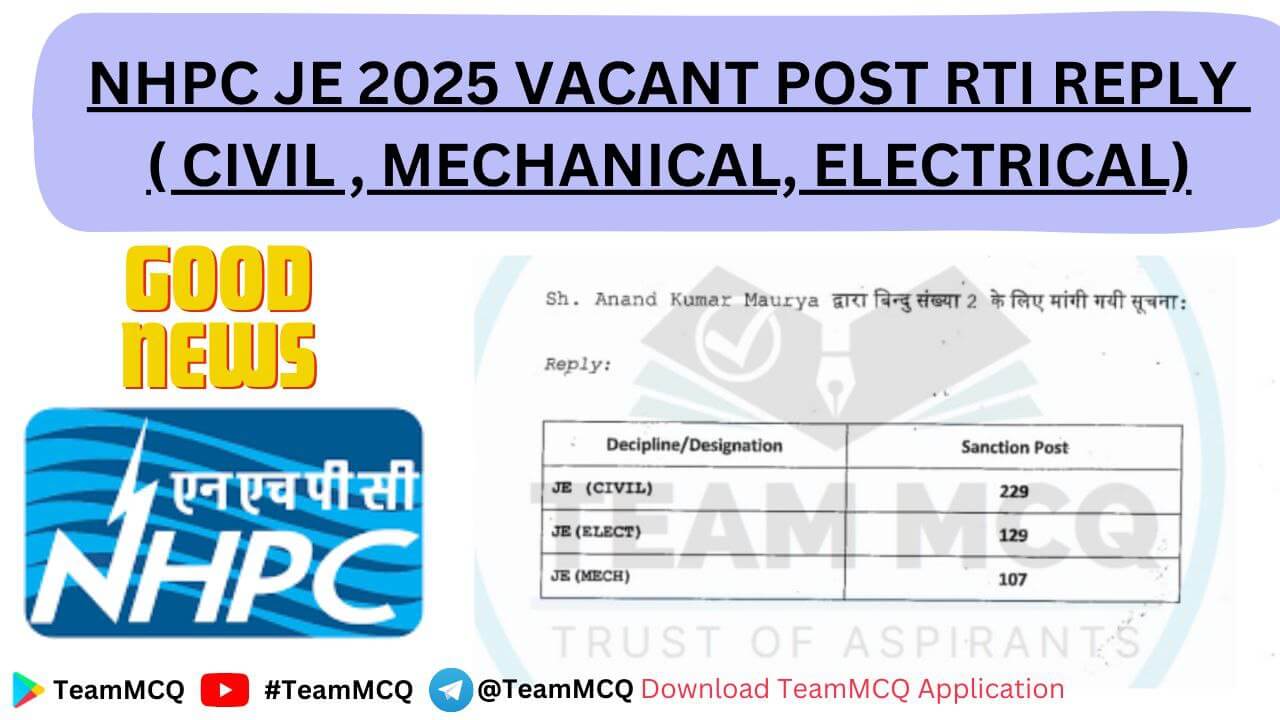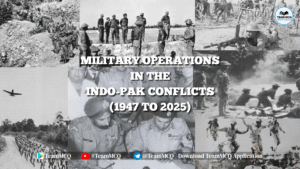India’s Firsts that are more than historical moments — they are powerful milestones that reflect the country’s courage, progress, and vision. From the first steps of independence in 1947 to groundbreaking achievements in science, governance, and culture, these “firsts” have shaped the soul of a rising nation. In this post, we celebrate 8 iconic moments that not only redefined India’s journey but also continue to inspire generations to dream bigger and aim higher.
India’s Firsts: The Breath of Freedom – 1947
Step into the pages of history as we journey back to 1947, the year India took its first breath of freedom. In this post on India’s firsts, we explore the monumental achievements that shaped an independent India — from its first Prime Minister, Jawaharlal Nehru, to the first national flag unfurled at the Red Fort.
These defining India’s firsts not only marked the end of British rule but also ignited the spirit of a new, self-reliant nation determined to carve its own destiny. With the adoption of its first Constitution in 1950, India embraced democracy, equality, and justice, setting a powerful precedent for governance around the world.
The establishment of the Election Commission, the creation of the Planning Commission, and the formation of state institutions laid the groundwork for a sovereign and inclusive future. These early milestones were not just political events—they were statements of purpose and pride.
Discover how India’s firsts laid the foundation for the vibrant, diverse, and progressive country we know and celebrate today.
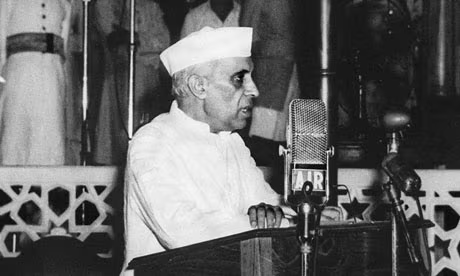
Key Firsts in Independent India – 1947
| Event | Detail |
|---|---|
| First Prime Minister of India | Pandit Jawaharlal Nehru took office on 15th August 1947 |
| First National Flag Hoisting | Red Fort, Delhi – by Jawaharlal Nehru |
| First Independence Day | Celebrated on 15th August 1947 |
| First Governor-General of Independent India | Lord Mountbatten (followed by C. Rajagopalachari in 1948) |
| First Constituent Assembly Session (Post-Independence) | 14th August 1947 night, leading into freedom |
| First National Anthem Played Publicly | “Jana Gana Mana” (officially adopted in 1950, but sung earlier) |
| First Indian Postal Stamp | Issued on 21st November 1947 – featuring the Indian flag |
| First Currency Post-Independence | Indian rupee without the British monarch’s portrait (1949) |
India’s Firsts in Politics and Governance: Shaping the World’s Largest Democracy
India’s political journey is marked by India’s firsts that have shaped its democratic values, governance structures, and national identity. From the adoption of the Constitution in 1950 to the first general elections in 1951–52, these foundational milestones laid the groundwork for the world’s largest democracy.

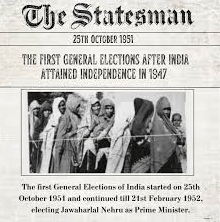
India’s firsts in politics reflect the nation’s unwavering commitment to justice, equality, and inclusive governance. The establishment of key democratic institutions, the formation of the Election Commission, and the introduction of universal adult franchise set powerful examples for participatory democracy.
These historic moments didn’t just define India’s political landscape — they also influenced global democratic practices. This section highlights the political breakthroughs that cemented India’s position as a democratic pioneer, setting the stage for continual progress in representation, rights, and governance.
Important Points:
| Milestone | Description | Date |
|---|---|---|
| India Becomes a Republic | India adopted its Constitution and became a republic, marking the official birth of the sovereign nation. | 26 January 1950 |
| First President of India | Dr. Rajendra Prasad was elected as the first President of India, a historic moment in India’s political landscape. | 1950 |
| Constitution of India | India’s Constitution, drafted under Dr. B.R. Ambedkar’s leadership, guaranteed fundamental rights, freedoms, and equality to all citizens. | 1950 |
| India’s First General Elections | India held its first general elections, a massive democratic exercise with over 170 million eligible voters participating. | 1951–1952 |
India’s First Scientific Breakthrough: India Reaches for Stars
India’s firsts in scientific breakthroughs have marked turning points in the nation’s journey toward innovation and global recognition. From launching its first satellite Aryabhata in 1975 to the historic successes of Chandrayaan and Mangalyaan, these achievements represent India’s firsts in space science and exploration.

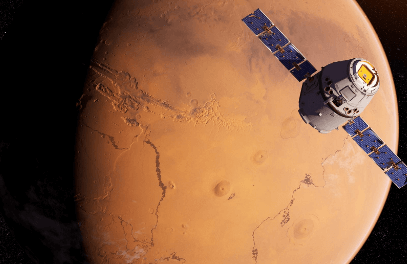
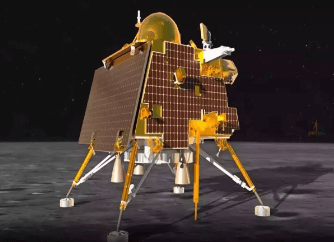
Each of these milestones reflects not only the country’s growing technological capabilities but also its bold vision to reach for the stars. These achievements are more than just scientific triumphs — they symbolize India’s firsts in defying limits and entering the elite league of spacefaring nations.
Today, these defining moments continue to inspire scientific curiosity, national pride, and a spirit of ambition across generations, proving that India’s firsts in science are not just past victories, but stepping stones to a brighter, more advanced future.
These milestones have cemented India’s position as a global leader in space exploration:
- Aryabhata, India’s first satellite, was launched in 1975, symbolizing the beginning of a new space era.
- The Indian Space Research Organisation (ISRO) was instrumental in propelling India to the forefront of global space research.
- In 2013, India became the first Asian nation to reach Mars with the Mangalyaan mission — and the first in the world to succeed on its maiden attempt.
- Chandrayaan-3 made history in 2023 by landing on the Moon’s south pole — a feat no other nation had achieved.
- These scientific breakthroughs have placed India among the top spacefaring nations.
| Year | Achievement | Description | Remark |
|---|---|---|---|
| 1975 | Aryabhata Satellite | India’s first satellite launched with Soviet help | Marked India’s entry into space research |
| 1980 | Rohini-1 | First satellite launched using Indian rocket (SLV-3) | Indigenous launch capability achieved |
| 2008 | Chandrayaan-1 | India’s first lunar mission | Confirmed water on the Moon |
| 2013 | Mars Orbiter Mission (Mangalyaan) | First interplanetary mission to Mars | First to reach Mars on maiden attempt |
| 2023 | Chandrayaan-3 | Moon south pole landing | First nation to achieve this feat |
Women Who Defined India’s Firsts in Empowerment
India’s journey toward empowerment has been shaped by pioneering women whose courage, resilience, and vision shattered barriers and led transformative change. India’s firsts in women’s leadership — from the corridors of politics to the arenas of law, science, sports, defense, and governance — stand as enduring symbols of representation, progress, and the power of possibility.
In 1966, Indira Gandhi became India’s first woman Prime Minister, emerging as a strong global political figure in an era when women in power were a rarity. Her leadership during challenging times marked a defining moment in Indian and world history.
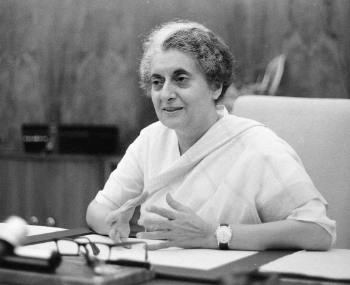
In law enforcement, Kiran Bedi made headlines in 1972 as India’s first woman IPS officer, paving the way for women in uniform and redefining public service.
The judiciary saw a breakthrough with Justice Fathima Beevi, who became the first woman judge of the Supreme Court of India in 1989 — a significant step toward gender representation in the legal system.
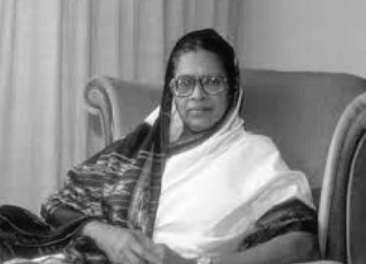
Kalpana Chawla, though an Indian-American astronaut, remains an inspiration as the first woman of Indian origin in space in 1997, reminding the world that Indian women belong among the stars.
In sports, Karnam Malleswari won bronze at the 2000 Sydney Olympics, becoming the first Indian woman to win an Olympic medal. This opened doors for future icons like Mary Kom, the first Indian woman boxer to win an Olympic medal in 2012.

Captain Shiva Chouhan, in 2023, became the first woman officer deployed at Siachen Glacier, India’s highest battlefield, marking a bold step for women in defense.
Most recently, Droupadi Murmu became India’s first tribal woman President in 2022, representing inclusivity, hope, and the rising voice of underrepresented communities.
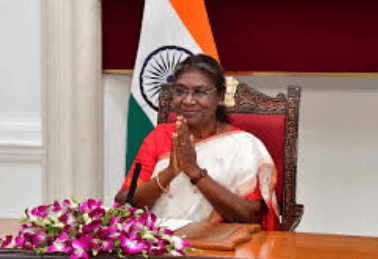
These landmark India’s firsts by women have not only challenged deep-rooted societal norms but also built a new narrative — one of strength, possibility, and equality. Each achievement inspires future generations to lead, rise, and redefine what’s possible in every sphere of Indian society.
India’s Firsts: Sporting on the Global Stage
From breaking records to making history, Indian athletes have steadily carved a space for themselves in the global sporting arena. This piece celebrates India’s firsts in sports — the trailblazers who were the first Indians to step onto international podiums, win medals, and shatter barriers across diverse disciplines.
It began with Norman Pritchard, who won India’s first Olympic medals — two silvers — in athletics at the 1900 Paris Olympics. Then came KD Jadhav, who won independent India’s first individual Olympic medal in wrestling in 1952. In cricket, India’s first World Cup win in 1983 under Kapil Dev’s leadership marked a turning point for Indian sports. PT Usha, often called the “Queen of Indian track and field,” narrowly missed an Olympic medal in 1984, but her performance opened doors for future female athletes. More recently, Abhinav Bindra made history by winning India’s first individual Olympic gold in shooting in 2008, and Neeraj Chopra brought home India’s first Olympic gold in athletics in 2021.
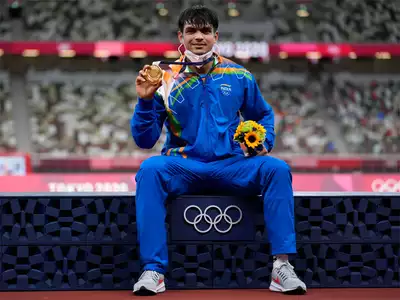
These defining India’s firsts not only brought glory to the nation but also inspired generations to dream bigger, aim higher, and believe that the global stage is well within reach.
Important Points to Remember:
- Norman Pritchard won India’s first Olympic medals (two silvers) in the 1900 Paris Olympics.
- The Indian hockey team claimed its first Olympic gold in 1928, kicking off a golden era that lasted until 1956.
- Abhinav Bindra earned India’s first individual Olympic gold in 2008 in the 10m air rifle event.
- Neeraj Chopra’s javelin throw at the Tokyo 2020 Olympics (held in 2021) brought India its first Olympic gold in athletics.
| Year | Event / Achievement | Athlete / Team | Remark |
|---|---|---|---|
| 1900 | First Olympic medals | Norman Pritchard | Two silver medals in athletics |
| 1928 | First Olympic gold in team sport | Indian Hockey Team | Start of a golden era (1928–1956) |
| 2000 | First Olympic medal by an Indian woman | Karnam Malleswari | Bronze in weightlifting |
| 2008 | First individual Olympic gold | Abhinav Bindra | Gold in 10m air rifle (shooting) |
| 2021 | First Olympic gold in athletics | Neeraj Chopra | Gold in Javelin at Tokyo Olympics |
Cultural and Social Firsts That Defined Generations
Throughout history, India’s firsts have marked transformative milestones that redefined its cultural fabric and social consciousness. These groundbreaking moments — from pioneering voices in gender equality to revolutionary movements in art, literature, cinema, and civil rights — became turning points that shaped public discourse and forged India’s evolving national identity.
One of the most iconic cultural India’s firsts was Raja Harishchandra, released in 1913 by Dadasaheb Phalke. As India’s first full-length feature film, it laid the foundation for what would become the world’s largest film industry — Bollywood — and showcased the power of visual storytelling in shaping collective consciousness.

In literature, Bankim Chandra Chattopadhyay’s novel “Anandamath” (1882) introduced the hymn “Vande Mataram,” which later became a powerful symbol of India’s independence movement and was adopted as the national song. It reflected how literary art could spark national awakening and unity.
In 1913, Rabindranath Tagore became the first Asian Nobel laureate, honored for his poetic masterpiece “Gitanjali.” This achievement not only placed Indian literature on the global stage but also celebrated India’s deep-rooted intellectual and artistic tradition.

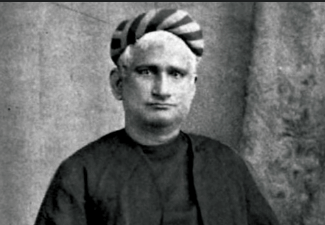
These cultural India’s firsts challenged norms, celebrated heritage, and gave voice to social aspirations. They ignited new conversations on freedom, identity, equality, and expression — inspiring generations to dream, create, and resist.
As India continues to evolve, the legacy of these cultural and social milestones remains etched in its collective memory, reminding us that change often begins with one bold first.
India’s Technological Firsts in the Digital Age
In the era of rapid innovation, India’s firsts in technology have played a powerful role in shaping its identity as a rising digital powerhouse. From early computing efforts to space exploration, digital identification, and internet revolutions, these breakthroughs have not only showcased India’s scientific talent but also redefined how the nation connects, communicates, and creates.
One of the earliest milestones was the development of TIFRAC, India’s first indigenous computer, built in 1955 at the Tata Institute of Fundamental Research. It marked the beginning of homegrown technological advancement and laid the foundation for India’s computing journey.

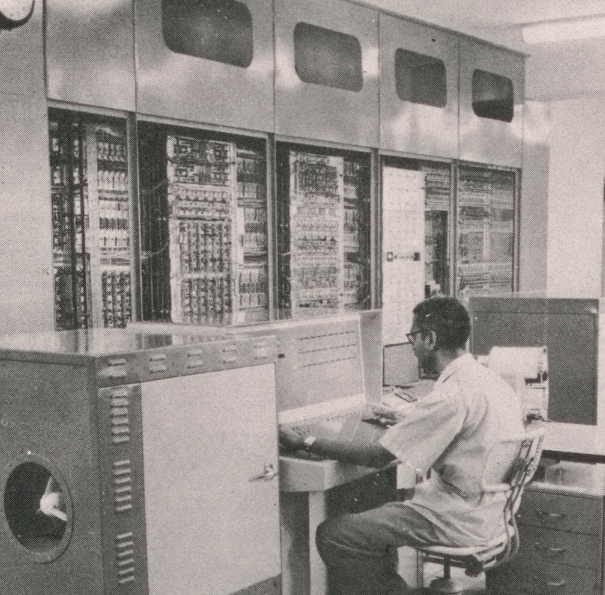
In 1975, India launched Aryabhata, its first satellite, signaling a bold entry into space science. This was followed decades later by missions like Chandrayaan and Mangalyaan, placing India among elite space-faring nations and proving that world-class innovation can be achieved on frugal budgets.
A major leap in the digital age came with the launch of Aadhaar in 2009, the world’s largest biometric identification system. Today, Aadhaar is integral to public service delivery, banking, and identity verification, making India a global leader in secure, scalable digital identity infrastructure.
In 2012, India rolled out its first 4G network, transforming how people access the internet and unlocking the growth of mobile-first innovation across sectors. This connectivity boom paved the way for platforms like UPI (Unified Payments Interface), which revolutionized digital payments and set global benchmarks for financial tech.
More recently, the introduction of 5G technology and India’s push toward AI, robotics, and quantum computing reflect a nation that’s not just keeping up with global trends — it’s helping shape them.
These technological India’s firsts are more than milestones — they are the pillars of a modern, self-reliant, and future-ready India. As digital transformation continues to evolve, the legacy of these firsts will inspire the innovations of tomorrow.
A Legacy of India’s Firsts and Future Possibilities
Across every chapter of its journey, India’s firsts have been more than symbolic—they’ve been transformative. From political milestones like the adoption of the Constitution and the first general elections, to scientific feats such as launching satellites and space missions, each first has pushed the nation forward.
In sports, India’s firsts on international podiums broke barriers and inspired pride. In the digital age, trailblazing advancements in technology have redefined innovation, while cultural and social firsts challenged norms and paved the way for a more inclusive and progressive India.
These defining achievements reflect the resilience, ambition, and vision of a country that continues to rise. As new challenges emerge, the legacy of India’s firsts will remain a guiding light—fueling the dreams, discoveries, and possibilities of tomorrow. The journey is far from over. With every new step, India is not just remembering its firsts—it’s creating the next ones.
MCQ QUESTIONS WITH ANSWERS
Q1. When did India become a republic and adopt its Constitution?
A) August 15, 1947
B) January 26, 1950
C) October 2, 1948
D) November 26, 1949
✅ Correct Answer: B) January 26, 1950
📝 India adopted its Constitution and officially became a republic on January 26, 1950. This day is now celebrated every year as Republic Day.
Q2. Who was the first Indian to win an individual Olympic gold medal?
A) Karnam Malleswari
B) Norman Pritchard
C) Neeraj Chopra
D) Abhinav Bindra
✅ Correct Answer: D) Abhinav Bindra
📝 In 2008, Abhinav Bindra won the gold in the 10m air rifle event at the Beijing Olympics, becoming the first Indian to win an individual Olympic gold.
Q3. What was the name of India’s first satellite launched in 1975?
A) INSAT-1A
B) Aryabhata
C) Bhaskara
D) Mangalyaan
✅ Correct Answer: B) Aryabhata
📝 Aryabhata was India’s first satellite, launched in 1975. It marked India’s entry into space research and satellite development.
Q4. Who was the first woman to become the Prime Minister of India?
A) Sarojini Naidu
B) Droupadi Murmu
C) Indira Gandhi
D) Pratibha Patil
✅ Correct Answer: C) Indira Gandhi
📝 Indira Gandhi became the first woman Prime Minister of India in 1966. She was also the second female head of government in the world.
Q5. Which mission made India the first country to land on the Moon’s south pole?
A) Chandrayaan-1
B) Mangalyaan
C) Chandrayaan-2
D) Chandrayaan-3
✅ Correct Answer: D) Chandrayaan-3
📝 In 2023, Chandrayaan-3 successfully landed near the Moon’s south pole—making India the first nation ever to achieve this feat.


